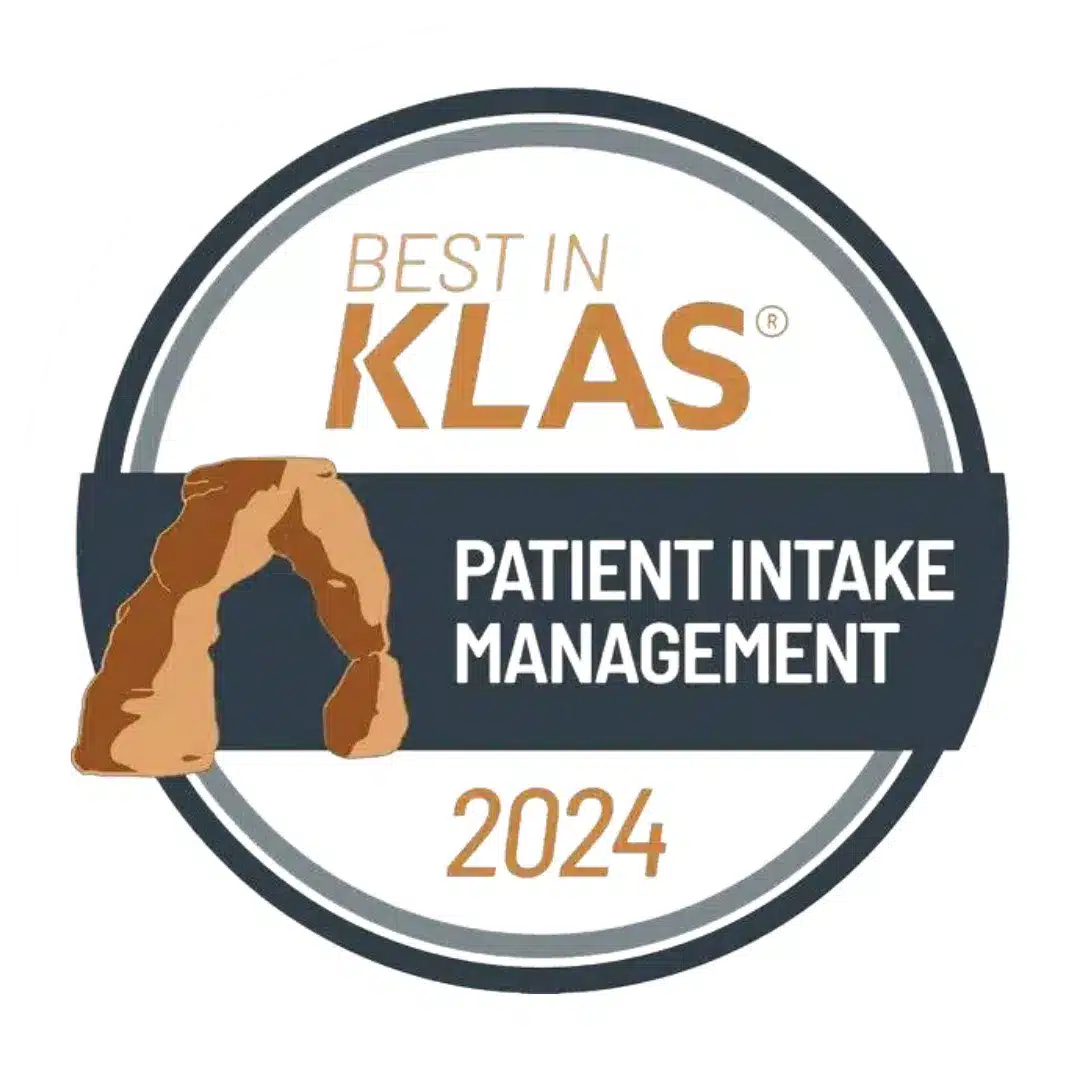
The digital transformation in healthcare is happening now. As we head further into 2023, the question inevitably comes up: What’s next? Healthcare organizations have already had a plethora of new options and technologies arise from the COVID-19 pandemic, specifically regarding safety and telehealth. How will these continue to evolve during the upcoming year?
According to our founder, Hari Prasad, the answer likely has to do with the increase in patient empowerment and the necessity of delivering excellent patient experiences.
Because of the pandemic, patients have developed newfound expectations for their healthcare experience. Convenience, transparency, and choice are factors that have markedly risen in importance. These new expectations have prompted providers to find new ways of delivering optimal patient experiences. The first and most prevalent method providers have turned to is healthcare technology. Namely, tech that offers virtual pre-arrival registration, scheduling, telehealth, and billing capabilities.
In addition, the rising popularity of this healthcare technology and automation has also been implemented into many practices as an effort to mitigate burnout and keep skilled people in the industry.
While the healthcare industry has been notoriously slow to adopt new technology due to safety concerns, data security, compliance needs, EMR integration concerns, and fear of poor technological literacy in patients, all of these fears have been allayed again and again.
“Providers are more open because their patients are now demanding better experiences, otherwise they’re going to switch providers,” says Prasad. “They’re forced to look for technology that integrate with their EMR and workflows as well as meeting the consumer needs of the patient.”
With all of this in mind, there was a surge of healthcare technologies that came about in order to meet these new needs.
If you’re interested in learning more about the rise of custom comprehensive healthcare technology, we strongly recommend taking a look at the full article, 2023 and Beyond: Where Technology in Healthcare Is Headed, on the Patient Safety & Quality Healthcare website.



